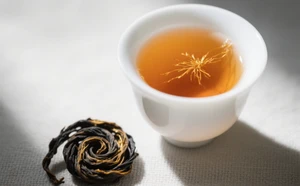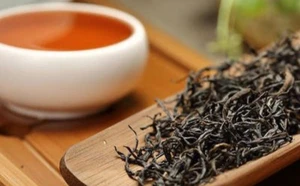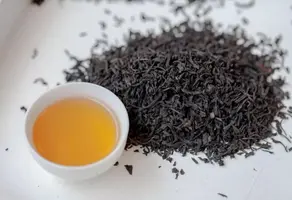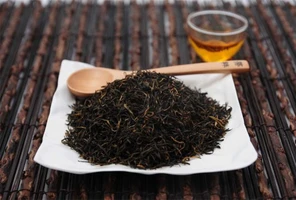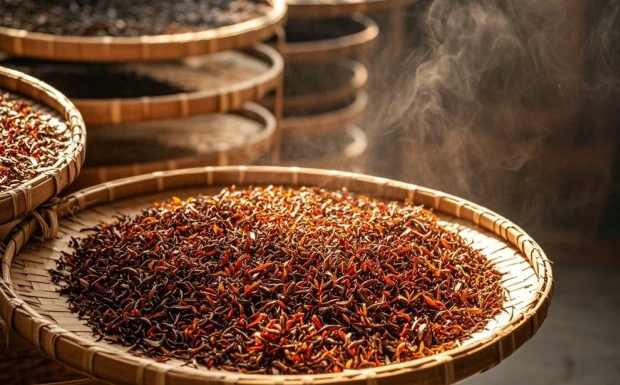Historical Origins of Chinese Black Tea
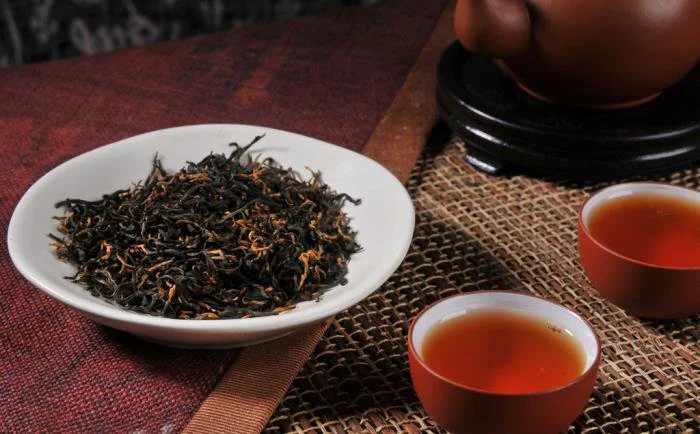
From Discovery to Global Fame
Chinese black tea has a fascinating history that began in the Ming Dynasty (1368-1644) and flourished during the Qing Dynasty (1644-1912). Unlike green tea, which was the primary tea type for centuries, black tea was developed as a way to preserve tea leaves for long sea voyages.
The first black tea was created in the Wuyi Mountains of Fujian Province in the 17th century. The oxidation process not only changed the tea's appearance and flavor but also made it more stable for export. This innovation revolutionized the global tea trade.
By the 18th century, Chinese black tea dominated European markets. The British East India Company's demand for Chinese black tea was so great that it significantly influenced global trade patterns and even contributed to historical events like the Boston Tea Party.
"Black tea was the bridge that connected China to the world." — Chinese Tea Historian
Timeline of Black Tea Development
17th Century
First black teas developed in Fujian Province for export
1610
Dutch traders bring the first Chinese black tea to Europe
1662
Catherine of Braganza introduces tea to the English court
19th Century
Peak of Chinese black tea exports to Europe and America
Modern Era
Revival of premium Chinese black teas for specialty markets
